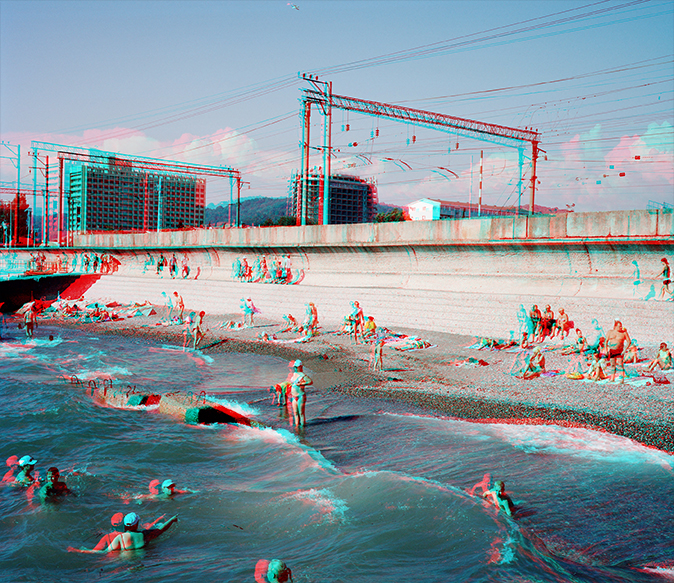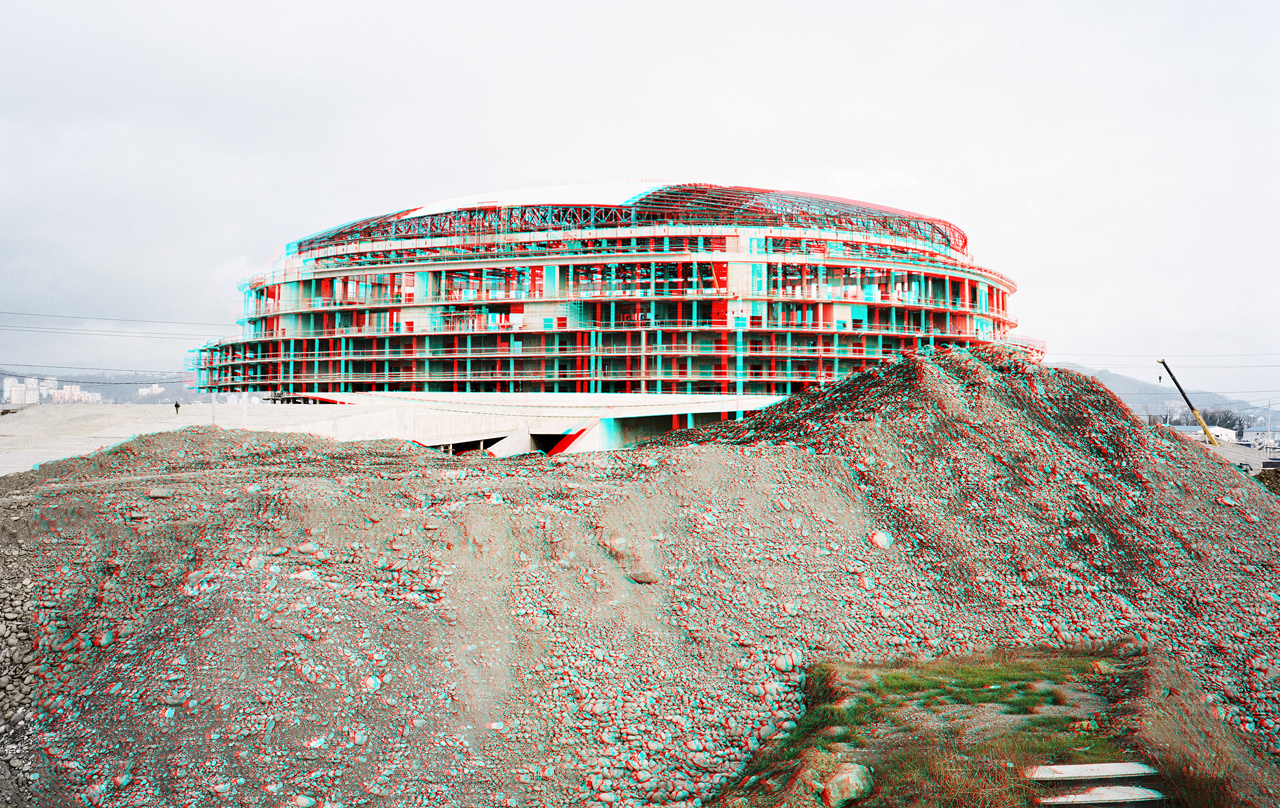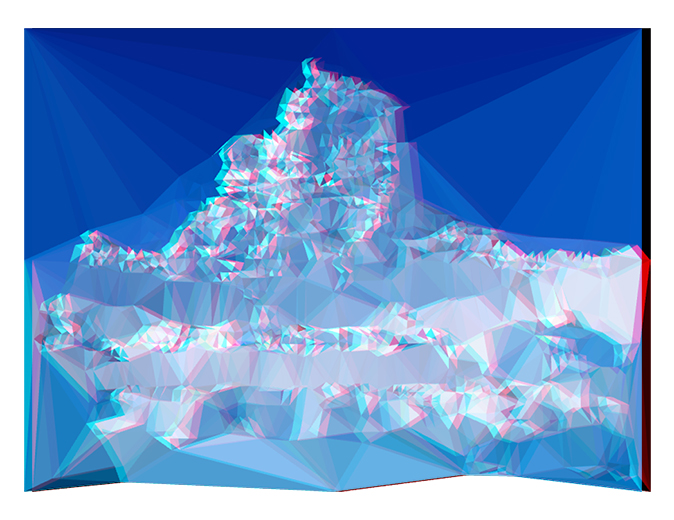Exhibition Shows the Truth of the Region

As the “Florida of Russia,” the city of Sochi seemed to photographer Rob Hornstra and journalist Arnold van Bruggen an odd place to host the Winter Olympics. It is but a handful of miles from both Abkhazia and the North Caucasus, regions among Russia’s poorest and the sites of many years of violent government crackdowns on separatist activity. After the announcement of the location of the
2014 Winter Olympics, Hornstra and van Bruggen began documenting Abkhazia, Sochi and the North Caucasus because “they knew the story of Sochi that would be told in the mainstream media,” says Greg Harris, DePaul Art Museum (DAM) curator. The Sochi Project: An Atlas of War and Tourism in the Caucasus, is the result of the duo’s undertaking.
The show is a pared-down, mixed media installation of simple newsprint images accompanied by text with a small gallery devoted to videos of the karaoke stages popular among Sochi’s tourists. Van Bruggen describes Sochi as “famous for its subtropical vegetation, hotels and sanatoria. People from all over the Soviet Union associate the coastal city with beach holidays and first loves. The smell of sunscreen, sweat, alcohol and roasting meat pervades the air.” Images are indeed of weird, rocky beaches and fat, white Russians, but they are also of bronzed children and families on holiday. Whatever excess in the images is only difficult to tolerate in the context of the poverty and political conflict in the region surrounding Sochi.
Perhaps Hornstra instructed his subjects not to smile. Or, as writer Ed Leigh notes, the subjects are following the Russian tradition that “only two types of people smile on the street: idiots and rich people — and rich people don’t walk on the street.” As this publication goes to press, (likely smiling) people with money have descended on Sochi to take part in the $50 billion 2014 Winter Olympics. The Sochi Project makes the city seem to drip with cash as tourists enjoy themselves in front of the backdrop of enormous Olympic stadiums under construction, even as some of the images very nearly lampoon their “Eastern European-ness” rather than their gluttony. The contrast between this and the tin shack-dotted marshland that characterized pre-Olympics Sochi is the first element of the project that confronts visitors to DAM.
The newsprint on which the photographs are printed hearkens back to a time when newspapers were the primary conveyance for important information, says Harris. Hornstra and van Bruggen think of themselves as storytellers, he says. Their goal with the project, which was entirely crowd-funded, is to tell the true story of this schizophrenic region of Russia. “We wanted to literally take the gloss off the pictures.” Still, the large format photographs are saturated in the beautiful way that newsprint allows, lending them a haunting quality in the context of the pictures’ candidness with their subjects.
Portraits of residents of nearby Abkhazia and the North Caucasus fill galleries on the museum’s second floor. In one, we see a veteran of World War II. In another, a veteran of a separatist conflict holds his daughter in his left arm, his only remaining appendage. Children handle assault rifles in another photograph, and a young mother poses with her child in yet another.
These images stand in stark contrast to the gleam of a Sochi in the throes of preparing for the Olympics just across the mountains. But they also show the character of a people — the furrow of an uncle’s brow, the print of a grandmother’s frock. “The Caucasus is more than just conflict and refugees, fundamentalist Islam or billion dollar games,” writes van Bruggen. “It is first and foremost a beautiful region, home to several million people trying to make the best of life.”








